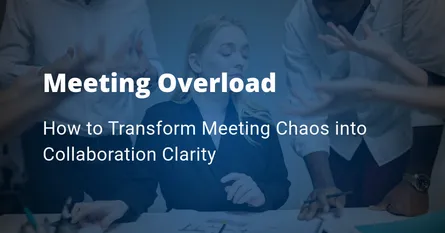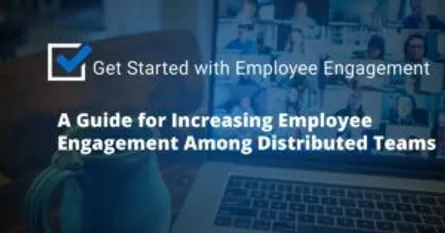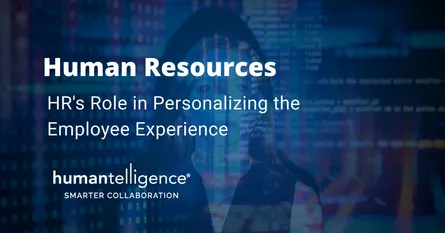
4 Ways HR Can Enable Stronger Manager-Employee Relationships
- Admin
- Collaboration , Data
- 23 Apr, 2024

Managers are the conduit through which employees receive important communications, understand company values, and experience belonging, growth, a sense of purpose, and so much more. Their influence is impactful — and the manager-employee relationship is perhaps the most important one in an organization. Many of us are probably familiar with one of the most profound Gallup finding that managers account for 70% of the variance in team engagement. What can HR leaders do to assist and positively influence manager-employee relationships?
Manager-employee relationships: Managers are struggling and want help from HR
A report from UKG earlier this year found that 46% of managers said they were likely to quit because of job-related stress. Like everyone else, they are affected by accelerating change at work and economic uncertainty. But unlike individual contributors and even leaders, managers are caught in the middle — expected to deliver on the demands of the business and to guide, coach, and relate to their reports in very humanistic ways. Hybrid work environments, along with employees’ changing expectations of their employers, have altered the manager’s role.
At the same time, organizational support of key drivers of managerial effectiveness is declining. A 2023 study from Red Thread Research showed that organizational clarity on what employees need to do to succeed in the future fell 10 percentage points to 38% from 2021 to 2022. Data-based insights about team engagement declined by 7 points to 33%. According to Red Thread, this lower level of support drives employees’ view that their managers are less effective, even though employees view their manager’s behaviors as mostly unchanged year over year.
Betterworks’ State of Performance Enablement research shows that managers want more help from HR, but only a quarter always get the support they need. Just under half receive some support, and about a third receive support either rarely or not at all.
The bottom line is that organizations — specifically, the people in charge — have the responsibility and ability to adopt practices that will strengthen manager effectiveness and, ultimately, the manager-employee relationship. The outcomes are well worth the effort. In fact, Red Thread’s research reveals that companies with effective managers realize a higher NPS and greater engagement.
Employees trust managers the most
Without transparency and accountability, there is no trust. And without trust, everything becomes a steep hill to climb for the employee, the manager, and the employer. Betterworks’ State of Performance Enablement report shows that while employees trust their team members the most (68%), managers are a close second at 63%. It makes sense to continue to build on this trust by strengthening the manager-employee connection.
Great conversations are a cornerstone of healthy manager-employee relationships. And research shows satisfaction with performance and career development conversations correlated to higher engagement, productivity, and intent to stay.
To distill all this research to its essence, if HR leaders can, with the support of leadership, provide the support, resources, and tools to foster healthy manager-employee relationships, their organizations stand to reap positive outcomes — in engagement, productivity, and retention — far above the effort they put in. The key is communication, and here are 4 ways you can help your managers improve communication with their teams.
Have managers set a clear vision for the team to sustain manager-employee relationships
Managing challenging behaviors – such as steamrolling or overanalyzing – takes planning and communication on your part. It’s important to play to your people’s strengths and direct their energy toward common goals.
The tone of your workplace has a lot to do with setting expectations – and that’s your job. When beginning a project, gather the right team members together to talk about objectives and goals. How does the project support the company’s values and vision? How does each person’s role support the goals? Everyone should be on the same page, working toward the same outcome.
How the team arrives at the final goal may look different to each person because of their individual work style or energizer. So, it’s up to you to focus or redirect their strengths, make sure they understand their roles, give feedback along the way, and give them the support or independence they need to do great things.
Remind team managers to assume nothing.
You know what they say about assuming things! So as hard as this may be, come into the conversation with a clear head and an open mind. Giving the conversation’s participants the benefit of the doubt will help prevent them from getting defensive, which of course, will make conversation even more difficult and work to strain manager-employee relationships.
This is an opportunity to practice compassion. Ask questions about people’s experiences and listen to what they say. Important things will be said and the better you listen, the better the people having the conversation will listen to each other. We all want to be heard and recognized, and this approach will put you in the right mindset to more effectively listen to your colleagues, even when it’s things that are hard to hear. You’ll start to see stronger manager-employee relationships blossom.
Use GRIT to approach conversations
No, not grit…but GRIT: Generosity, Respect, Integrity and Truth. According to Laurie Sudbrink of Unlimited Coaching Solutions, “No one likes to be confronted. Most appreciate being helped. When engaging in a conversation to help, our intent will come from a better place. We won’t feel like we’re confronting the person, and our disposition aligns more naturally. I find it helpful to have an opening statement that portrays my intent. And then commit to being fully present and helpful throughout the dialogue.”
Make work more human through technology
Role play, or at minimum, putting yourself in the other’s shoes is an effective way to prepare for and practice tough or potentially uncomfortable conversations. Write down what you want to say and be clear on the goal of the conversation — what do you want someone to leave with? as an “a-ha” or action item?
Rehearsing what and how you want to say something will help you keep the conversation direct and on track — avoiding distraction and saying hurtful things that may cause further issues or conflict.
Further, this is where technology can come in to help. The basis for many interpersonal conflicts at work is poor communication; and poor communication often results from misunderstanding or a lack of truly understanding your conversation counterpart.
If you had personality insights for the person with whom you’re communicating, you’d be able to take a more custom approach to the conversation. Whether it be in video meetings, on the phone, via email, or chat, you could have the kind of information needed to better communicate and collaborate with one another right at your fingertips – taking all of the guesswork out of it.
Here’s how it works. Every team member takes a scientifically validated, 12-minute personality assessment. The plug-in then delivers those insights through the tools you use everyday: think tools like Microsoft Teams, Outlook, Gmail, calendars, Zoom, Slack, Webex, and more.
When drafting an email, chatting with a colleague, or joining a meeting, this plug-in automatically surfaces useful, customized tips for more effective communication with peers. Imagine being able to click on meeting participants and see real-time tips and recommendations for communicating, motivating, and influencing. Imagine seeing this same information in aggregate for your meeting group. Imagine knowing who best to tap for helping leading certain initiatives while identifying those better suited to support, and who might benefit from a heads up on particular messages — all of which take into account your team members’ behaviors, motivators, and work energizers in an easy-to-understand way.
As a team leader, you’re able to lay a strong foundation for more inclusive and efficient communication and for team members, along with:
- Creating more balanced, diverse & agile teams
- Optimizing team members’ impact by tapping into the unique behaviors, motivators & work energizers of each person.
- Experiencing the increased productivity that comes from improved team effectiveness.
As a team member, you’re able to:
- Gain deeper understanding of one another, allowing better connection and ability to work through conflict
- Create deeper, more meaningful connection that translates into more effective collaborations and higher quality relationships at work
- Feel more engaged in your daily work
Provide your team managers with tools that allow them to better understand others’ behaviors, motivators, and work energizers, along with preferences and tendencies related to communication, learning, and influencing, you can better craft your delivery — taking their style into consideration before you engage – customizing communication in ways that increase your chances of a positive outcome.
That’s going to be your key to more engaged employees, strong manager-employee relationships, and better team performance.
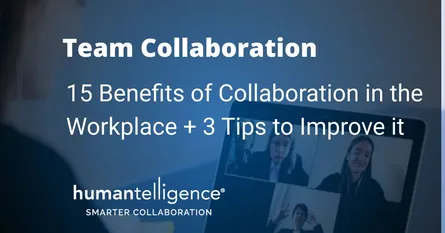
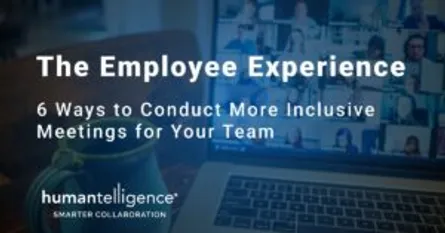
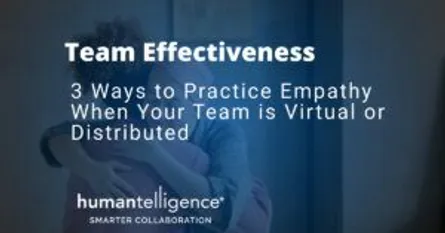


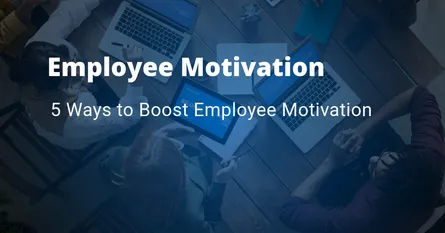



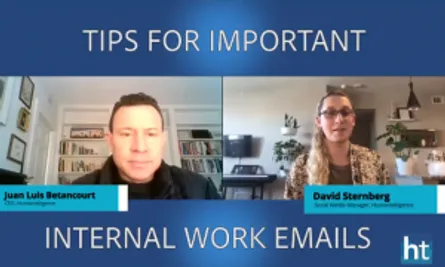

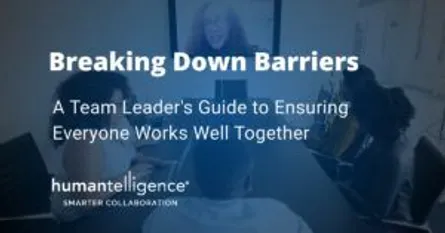
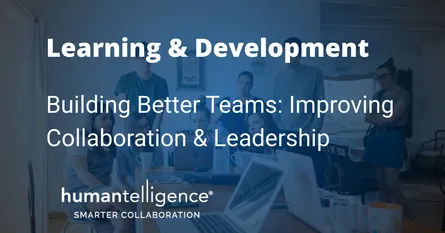

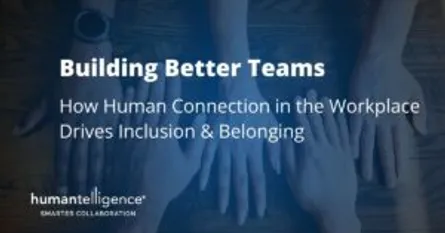

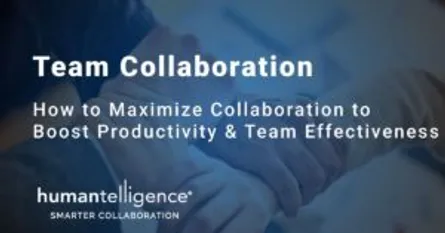
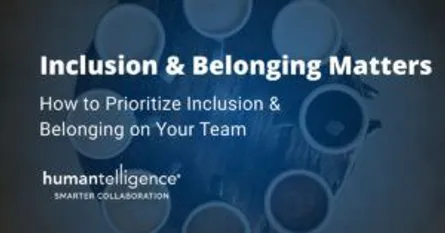


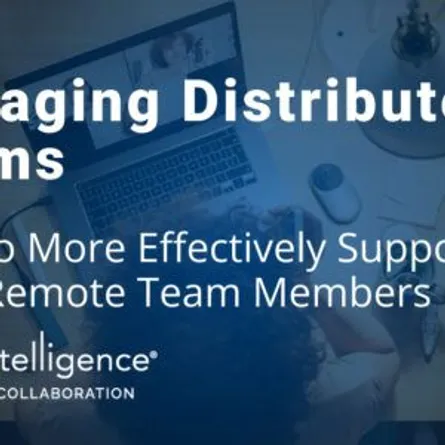
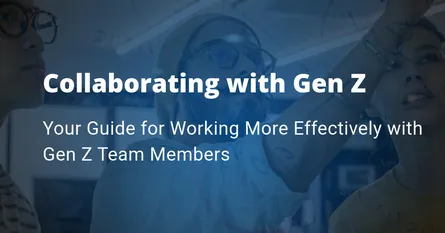
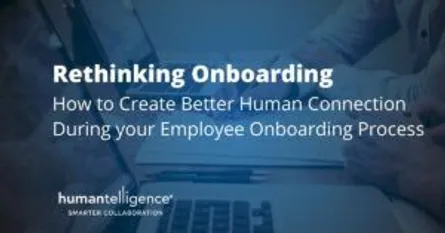


-Low-Quality.DNBpXyLx_1VXSiM.webp)
.CiqwvMOO_A63sY.webp)
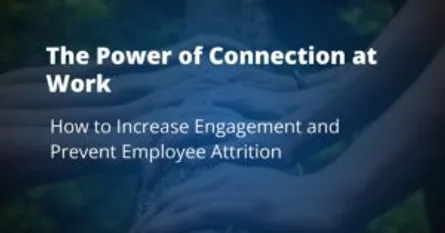
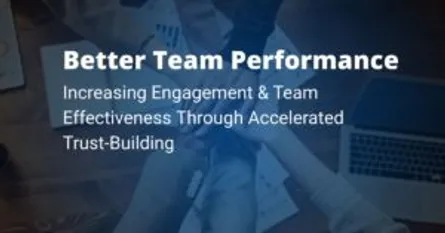

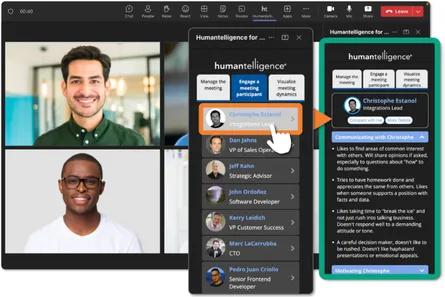

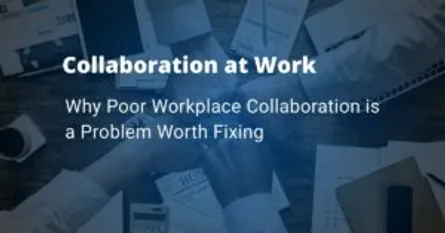
-Medium-Quality.ZFp5mEuF_Z13ebXJ.webp)
